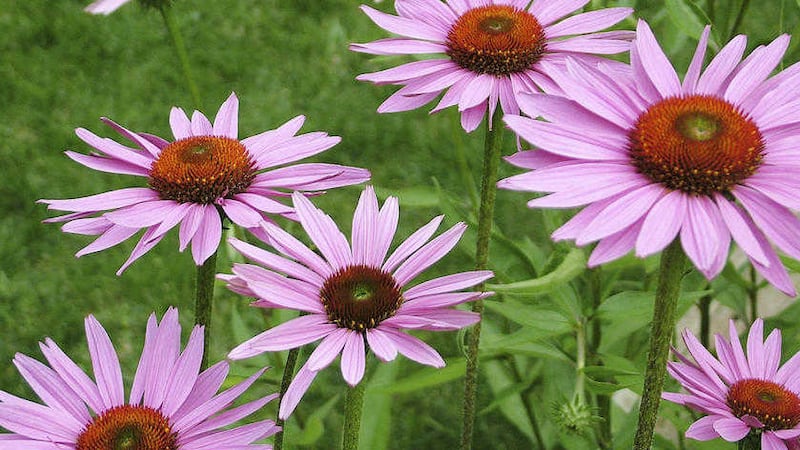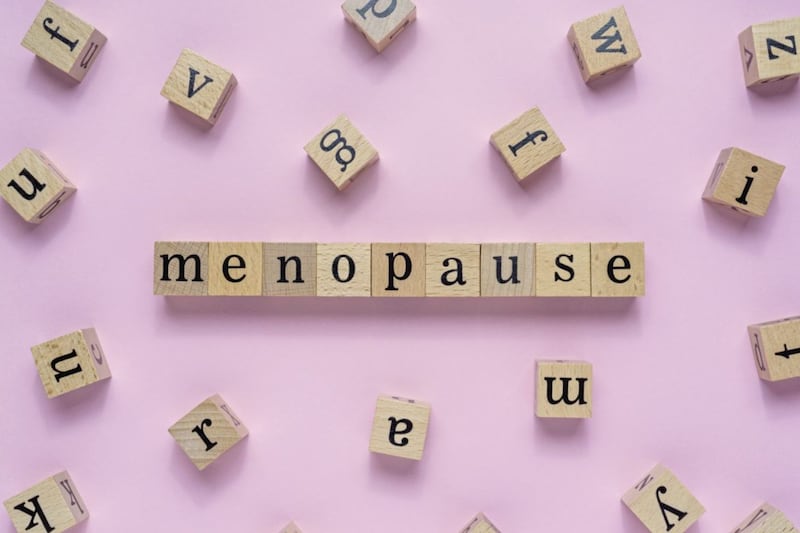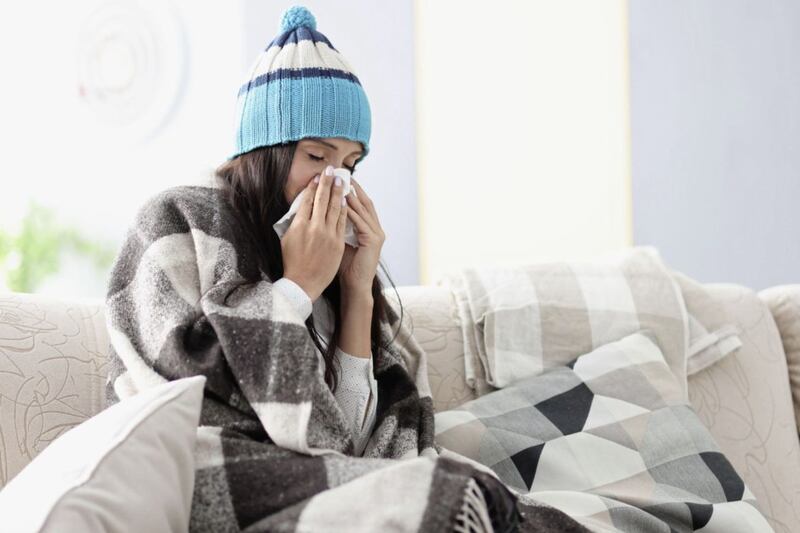IT IS the time of year again when it is good practise to start building your immune system to protect yourself from the onslaught of winter colds, flu and other seasonal nasties. Last year I was really busy and forgot about taking care of myself. The result: three miserable colds, and I hadn’t had one cold in years.
My immune builder of choice is A Vogel’s Echinaforce, first developed by pioneering Swiss herbalist Alfred Vogel. At the beginning of the 1950s Vogel spent some time with the Native American Oglala Lakota and in particular their medicine man Ben Black Elk. The way these indigenous people used the power of nature for their health made a huge impression on him.
Black Elk familiarised Vogel with Native American healing and initiated him into the secrets of their medicine. He imparted knowledge of the plant that was to become so important to Alfred Vogel: the purple coneflower (lat.Echinacea purpurea).
Vogel was given some seeds of the purple coneflower plant which he brought back and cultivated. Further generations of these seeds are still growing and being used in his remedies.
This year Echinaforce has been the subject of a major study, presented in May at The Royal Society of Medicine in London, the results of which reestablishes this brilliant product at the forefront of the fight to prevent and minimise the misery of winter infections. The new evidence has put echinacea as the front line protector from further complications that can happen as a result of common respiratory tract infections (RTIs).
Viruses are at the centre of almost every RTI – in fact, it is estimated that they are responsible for 95 per cent. More than 200 different germs are now known and some, such as influenza or coronaviruses are highly contagious and have the potential to induce tissue damage and inflammation in the airways.
First of all it has been proven that taking echinacea, as a fresh herb, both leaves and stem of the plant, reduces the likelihood of you catching a cold or flu by 58 per cent. If you are one of the unlucky ones to pick up a virus, taking echinacea has been shown to reduce the severity of symptoms, which in turn reduces the use of painkillers.
Studies have shown that up to 20 per cent of cold and flu infections lead to complications such as pneumonia, bronchitis, laryngitis, middle-ear infections or sinusitis. These are the most common reasons for the use of antibiotics as there is no real alternative available for the treatment of these common infections.
Currently in medicine there is no treatment that has been shown to prevent simple cold and flu infections from progressing to more serious health complications. Drugs like Oseltamir and vaccines target a few of the vast range of viruses but are prescription-only drugs and so not available for self-medication. For the most part we treat colds and flu infection ourselves with over-the-counter remedies such as paracetamol, ibuprofen, nasal sprays, chest balms, throat lozenges and decongestants for symptom relief.
This new research suggest that echinacea, which has long been used to support the immune system, may also “have a broad and direct antiviral activity even against highly pathogenic viruses such as influenza, coronavirus and respiratory syncytial viruses, some of which are well-known factors in the development of complications”.
This new study showed that 65 per cent of infections leading to pneumonia could be prevented by taking echinacea. Pneumonia connected to flu infections is now the eighth leading cause of death worldwide and an increasingly common reason for hospitalisation.
Viral damage to the lining of the respiratory tract makes us more vulnerable to complications. Studies have found that in individuals with higher susceptibility, like older people, those who suffer from allergies, stress or poor sleep, or who have a poor diet, echinacea halved the risk of recurrent infections.
Additionally, combining Echinaforce tincture or tablets with the new Echinaforce Hot Drink gives the body maximum cover and the best chance of a swift recovery, especially when dosing with Echinforce every two hours.
Here are some scary facts about viruses:
:: Influenza viruses stay infectious on banknotes for up to 17 days. A great argument for keeping some antiseptic hand wash close and using it frequently in flu season.
:: Rhinoviruses remain infectious for several hours after being deposited on door handles.
:: 63 per cent of surfaces in public transport are contaminated with viruses.
:: Infectious office workers coat up to 40% of a room surface with viruses, so keep your germs at home.
:: When we sneeze or cough, small droplets expelled can cover a distance of 10 feet.
:: Almost 50 per cent of air travellers experience some kind of illness while abroad, the most common being respiratory-tract infections.
r.armstrong@irishnews.com








